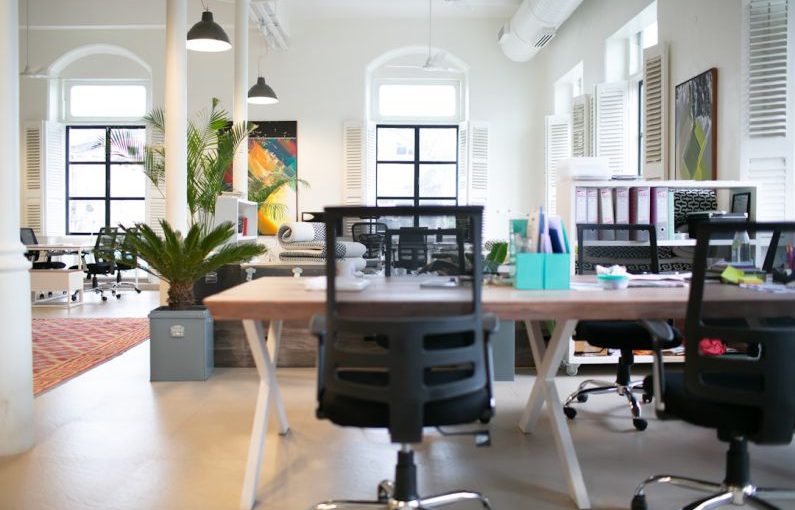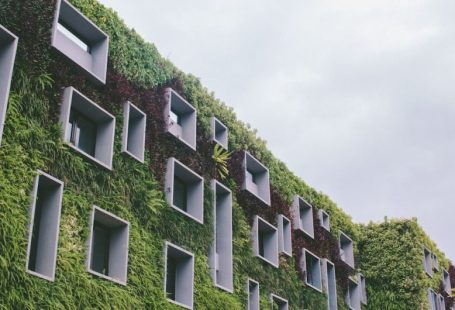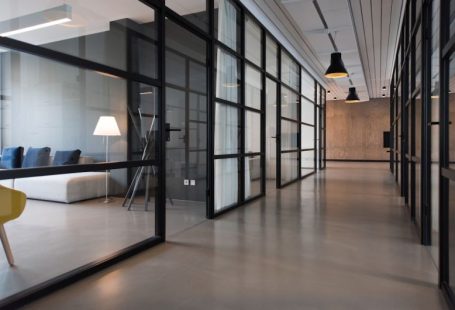In recent years, the concept of traditional office spaces has undergone a significant transformation. The days of employees spending the majority of their work hours in cubicles or closed-off rooms are becoming a thing of the past. With the rise of remote work, co-working spaces, and flexible schedules, companies are reevaluating the need for large, expensive office spaces. This shift has raised important questions about the future of work environments and what comes next in the evolution of office spaces.
Remote Work Revolution
One of the biggest drivers of change in the traditional office space model is the remote work revolution. Advances in technology have made it easier than ever for employees to work from anywhere with an internet connection. This flexibility has not only improved work-life balance for many individuals but has also allowed companies to tap into a larger talent pool by hiring employees from around the world. As a result, the need for employees to be physically present in a traditional office setting has diminished.
The Rise of Co-working Spaces
Alongside remote work, co-working spaces have gained popularity in recent years as an alternative to traditional offices. These shared workspaces offer individuals and small teams a place to work outside of their homes, providing amenities such as high-speed internet, meeting rooms, and social events. Co-working spaces cater to freelancers, entrepreneurs, and remote workers who seek a sense of community and collaboration without the constraints of a traditional office environment. This trend has challenged the notion that employees need to be under one roof to be productive and successful.
Flexibility and Adaptability
The decline of traditional office spaces has also highlighted the importance of flexibility and adaptability in the modern workplace. Companies are recognizing that different employees have unique preferences and work styles, and one-size-fits-all office setups may not be conducive to productivity and employee satisfaction. As a result, many organizations are embracing flexible work arrangements that allow employees to choose where and when they work best. This shift towards a more agile work environment has paved the way for innovative office designs that prioritize collaboration, creativity, and employee well-being.
Embracing Hybrid Models
As companies navigate the changing landscape of office spaces, many are embracing hybrid models that combine the best of both worlds. Hybrid work arrangements allow employees to split their time between working remotely and coming into a physical office as needed. This approach offers the flexibility of remote work while still providing opportunities for in-person collaboration and team building. By allowing employees to choose the work environment that suits them best, companies can foster a more inclusive and dynamic work culture.
The Future of Office Spaces
So, what does the future hold for traditional office spaces? While the decline of these conventional setups may seem inevitable, it does not mean that physical offices will disappear entirely. Instead, the focus is shifting towards creating spaces that prioritize collaboration, creativity, and employee well-being. Office designs are evolving to accommodate diverse work styles and preferences, with an emphasis on flexibility, adaptability, and sustainability.
The New Era of Work Environments
In this new era of work environments, the line between work and life is becoming increasingly blurred. Employees are seeking spaces that support their overall well-being and allow them to thrive both professionally and personally. As companies continue to experiment with different office setups and work arrangements, the future of office spaces is likely to be more fluid and dynamic than ever before. By embracing change and staying attuned to the evolving needs of employees, organizations can create work environments that inspire innovation, foster collaboration, and drive success in the years to come.





